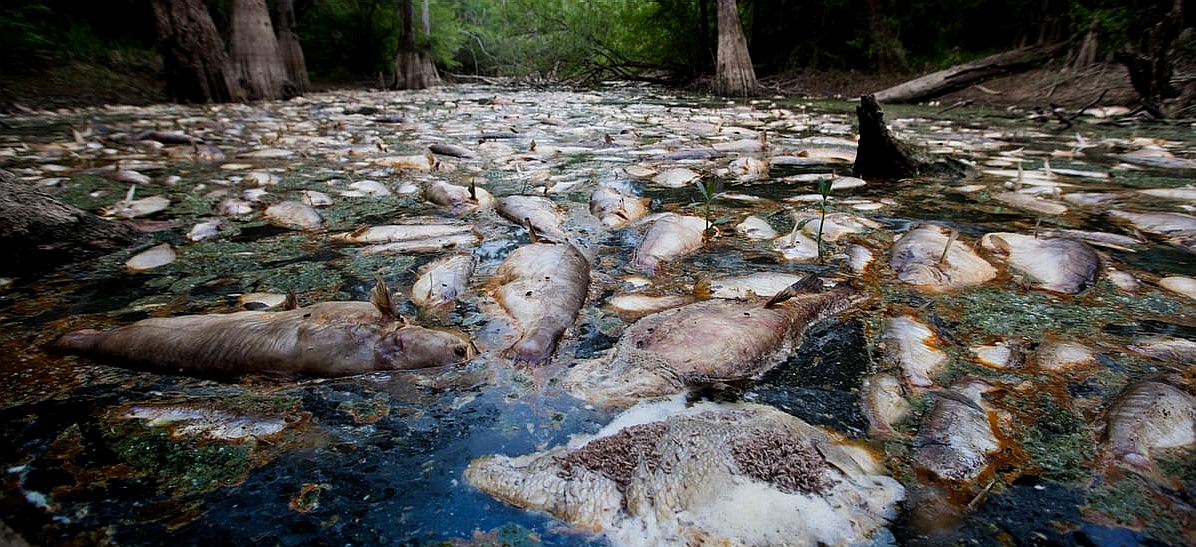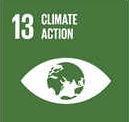|
WHO
- WORLD HEALTH
ORGANIZATION
ABOUT -
CONTACTS - FOUNDATION -
HOME - A-Z INDEX

COMPASSION
IN WORLD FARMING: The Extinction & Livestock Conference, organised by CiWF in partnership with World Wildlife Fund (WWF), was the world’s first ever conference to explore the impact of livestock production on animals, people and the
planet. It attracted more than 500 people from 30 different countries who heard from many world leading experts on the environment, conservation, food policy, animal welfare and human health.
UN
REPORT: WORLD HUNGER ON RISE AGAIN 815 MILLION PEOPLE
HUNGRY CHILDREN MALNUTRITION
News release:
15 September 2017 Rome - After steadily declining for over a decade, global hunger is on the rise again, affecting 815 million people in 2016, or 11 per cent of the
global
population, says a new edition of the annual United Nations report on world food security and nutrition released today. At the same time, multiple forms of malnutrition are threatening the health of millions worldwide.
The increase – 38 million more people than the previous year – is largely due to the proliferation of violent conflicts and climate-related shocks, according to The State of
Food Security and Nutrition in the World 2017.
Some 155 million children aged under five are stunted (too short for their age), the report says, while 52 million suffer from wasting, meaning their weight is too low for their height. An estimated 41 million children are now overweight. Anaemia among women and adult obesity are also cause for concern. These trends are a consequence not only of conflict and
climate change but also of sweeping changes in dietary habits as well as economic slowdowns.
The report is the first UN global assessment on food security and nutrition to be released following the adoption of the
2030 Agenda for Sustainable
Development, which aims to end hunger and all forms of malnutrition by 2030 as a top international policy priority.
It singles out conflict – increasingly compounded by climate change – as one of the key drivers behind the resurgence of hunger and many forms of malnutrition.
"Over the past decade, conflicts have risen dramatically in number and become more complex and intractable in nature," the heads of the Food and Agriculture Organization of the United Nations (FAO), the International Fund for Agricultural Development (IFAD), the United Nations Children’s Fund (UNICEF) the World Food Programme (WFP) and the World Health Organization (WHO) said in their joint foreword to the report. They stressed that some of the highest proportions of food-insecure and malnourished children in the world are now concentrated in conflict zones.
"This has set off alarm bells we cannot afford to ignore: we will not end hunger and all forms of malnutrition by 2030 unless we address all the factors that undermine food security and nutrition. Securing peaceful and inclusive societies is a necessary condition to that end," they said.
Famine struck in parts of South Sudan for several months in early 2017, and there is a high risk that it could reoccur there as well as appear in other conflict-affected places, namely northeast Nigeria, Somalia and Yemen, they noted.
But even in regions that are more peaceful droughts or floods linked in part to the El Niño weather phenomenon, as well as the global economic slowdown, have also seen food security and nutrition deteriorate, they added.
KEY
NUMBERS
Hunger and food security
- Overall number of hungry people in the world: 815 million, including:
*
In Asia: 520 million
*
In Africa: 243 million
*
In Latin America and the Caribbean: 42 million
*
Share of the global population who are hungry: 11%
*
Asia: 11.7%
*
Africa: 20% (in eastern Africa, 33.9%)
*
Latin America and the Caribbean: 6.6%
Malnutrition in all its forms
* Number of children under 5 years of age who suffer from stunted growth (height too low for their age): 155 million
*
Number of those living in countries affected by varying levels of conflict: 122 million
*
Children under 5 affected by wasting (weight too low given their height): 52 million
*
Number of adults who are obese: 641 million (13% of all adults on the planet)
*
Children under 5 who are overweight: 41 million
*
Number of women of reproductive age affected by anaemia: 613 million (around 33% of the total)
The impact of conflict
* Number of the 815 million hungry people on the planet who live in countries affected by conflict: 489 million
*
The prevalence of hunger in countries affected by conflict is 1.4 - 4.4 percentage points higher than in other countries
*
In conflict settings compounded by conditions of institutional and environmental fragility, the prevalence is 11 and 18 percentage points higher
*
People living in countries affected by protracted crises are nearly 2.5 times more likely to be undernourished than people elsewhere
NOTE
TO EDITORS
This is the first time that UNICEF and WHO join FAO, IFAD and WFP in preparing The State of Food Security and Nutrition in the World report. This change reflects the SDG agenda’s broader view on hunger and all forms of malnutrition. The UN Decade of Action on Nutrition, established by the General Assembly, is lending focus to this effort by motivating governments to set goals and invest in measures to address the multiple dimensions of malnutrition.
The State of Food Security and Nutrition in the World 2017 has been re-geared for the SDG era and includes enhanced metrics for quantifying and assessing
hunger, including two indicators on
food insecurity and six indicators on nutrition.
The heads of agencies issuing today’s report are: José Graziano da Silva, Director-General of FAO; Gilbert F. Houngbo, President of IFAD; Anthony Lake, Executive Director of
UNICEF; David Beasley, Executive Director of WFP; Tedros Adhanom Ghebreyesus, Director-General of WHO.
INTERNATIONAL
ORGANIZATIONS 2018
|

WORLD
BANK
|

FINANCIAL
STABILITY BOARD
|

INT
MONETARY FUND
|
|

UNITED
NATIONS
|

FOOD
& AGRICULTURE ORG
|

INT
LABOUR ORG
|
|

WORLD
TRADE ORG
|

ORG
ECONOMIC COOPERATION & DEV
|

WORLD
HEALTH ORG
|
ABOUT
THE WORLD HEALTH ORGANIZATION
The World Health Organization (WHO) is a specialized agency of the United Nations that is concerned with international public health. It was established on 7 April 1948, headquartered in Geneva, Switzerland. The WHO is a member of the United Nations Development Group. Its predecessor, the Health Organization, was an agency of the League of Nations.
The constitution of the World Health Organization had been signed by 61 countries on 22 July 1946, with the first meeting of the World Health Assembly finishing on 24 July 1948. It incorporated the Office international d'hygiène publique and the League of Nations Health Organization. Since its creation, it has played a leading role in the eradication of smallpox. Its current priorities include communicable diseases, in particular HIV/AIDS, Ebola, malaria and tuberculosis; the mitigation of the effects of non-communicable diseases; sexual and reproductive health, development, and ageing; nutrition, food security and healthy eating; occupational health; substance abuse; and driving the development of reporting, publications, and networking.
The WHO is responsible for the World Health Report, the worldwide World Health Survey, and World Health Day. The Director-General of WHO is Tedros Adhanom who started his five-year term on 1 July 2017.

CLOSE
CROP: Industrial agriculture is raping the land and
depositing the dirty laundry in our oceans and rivers. This
picture is of combine harvesters crop soybeans in Campo Novo do Parecis, a former rainforest in Mato Grosso, Brazil.
CONTACTS
George Kourous
FAO
Telephone: (+39) 06 570 53168
Mobile: (+39) 348 141 6802
Email: george.kourous@fao.org
Caroline Chaumont
IFAD
Telephone: (+39) 349 662 0155
Email: c.chaumont@ifad.org
Frances Kennedy
WFP
Telephone: (+39) 06 6513 3725
Mobile: (+39) 346 7600806
Email: frances.kennedy@wfp.org
Yemi Lufadeju
UNICEF
Telephone: (+1) 212 326 7029
Mobile: (+1) 917 213 4034
Email: glufadeju@unicef.org
Paul Garwood
WHO
Telephone: (+41) 22 7911578
Mobile: (+41) 79 603 7294
Email: garwoodp@who.int

SWAMPED:
Dead fish in a polluted bayou off the Pearl river in St Tammany parish, Louisiana.
LINKS
& REFERENCE
http://www.who.int/mediacentre/news/releases/2017/world-hunger-report/en/

WILD
FISH SHORTAGES: According to the United
Nations Department of Economic and Social Affairs (UN-DESA
2009), the world population is expected to grow from the
present 6.8 billion people to about 9 billion by 2050, mostly in developing countries (5.6–7.9 billion).
     
     
     
This
website is provided on a free basis as a public information
service. copyright © Cleaner
Oceans Foundation Ltd (COFL) (Company No: 4674774)
2018. Solar
Studios, BN271RF, United Kingdom.
COFL
is a charity without share capital. The names AmphiMax™,
RiverVax™
and SeaVax™
are trade names used under license by COF in connection with their 'Feed
The World' ocean cleaning sustainability campaign.
|





























